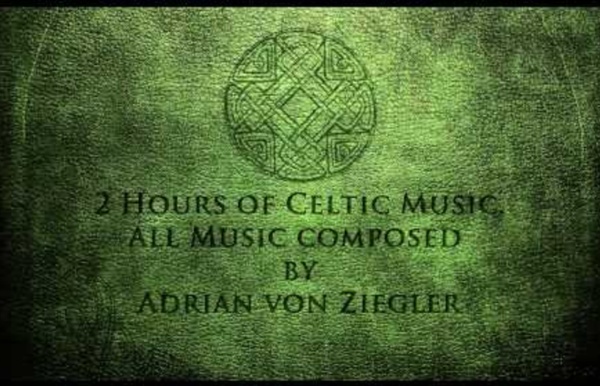



Irish Classical Musicians Seven Pioneers of the 19th Century - September 2009 MusicWeb-International Irish Classical Musicians – Seven Pioneers of the 19th Century By Basil Walsh Introduction – Ireland’s Magnificent Seven During the period, 1770 to about 1870, seven Irish born classical musicians and performers emerged on the concert stages and in the salons and opera houses in Europe, America, Australia and elsewhere with great success. They truly “paved the way” for the many Irish singers and musicians who would follow over the next two-hundred years. What differentiates these seven individuals from other Irish born musicians of the period is the fact that each of them achieved great fame internationally. Their success was not only in Britain but also in foreign countries where they were often the sole Irish representative in a musical environment that was generally dominated by Italian and French artists along with some Germans and other nationalities. They were the first Irish born professionals to emerge on the international classical music scene. Rotunda Concert Rooms, Dublin W.
Celtic Music Instruments From the thump of the Bodhrán to the airy rasp of the wooden flute, celtic music is known by its instruments. Here's an introduction to the main players, with links to more information, for players and afficionados. Fiddle The fiddle is the mainstay of most Scottish and Irish music. The instrument is exactly the same as a violin; fiddle is simply the term used in traditional music. Flute Flutes of one sort or another have been played in the celtic countries for over a thousand years. Tin Whistle (pennywhistle) The simplest and cheapest of traditional instruments, yet not so simple to master. More information: Ceolas Tin Whistle guide. Bagpipes & uilleann pipes Several forms of bagpipe are used in celtic music. The Scottish highland pipes are the loudest, played standing, usually in pipe bands. Bagpipe FAQ Bagpipe Web David Daye's Bagpipe site, for Scottish and uilleann pipes. Bombarde This is a small oboe-like shawm with a penetrating sound, used widely in Breton music. Free reed instruments